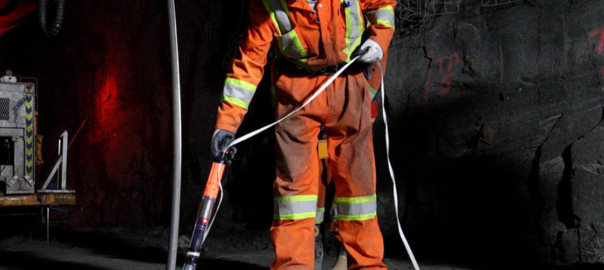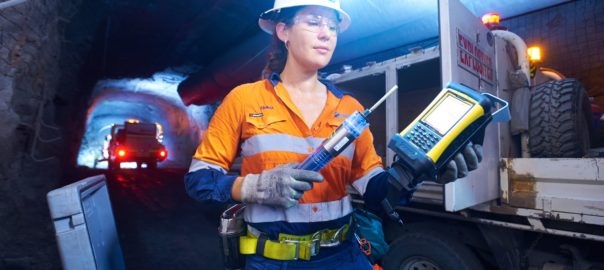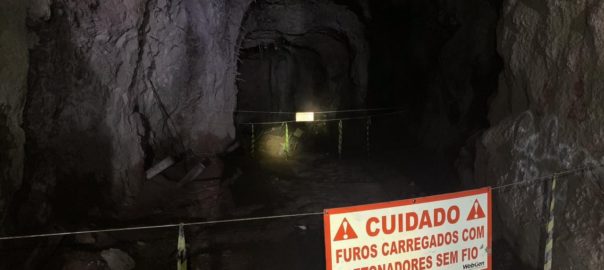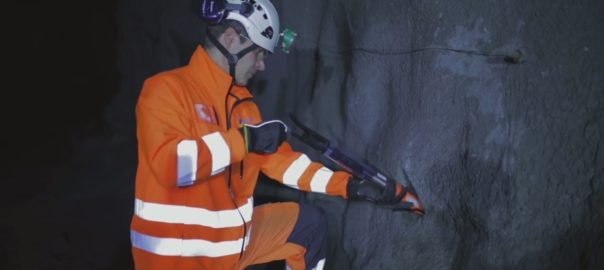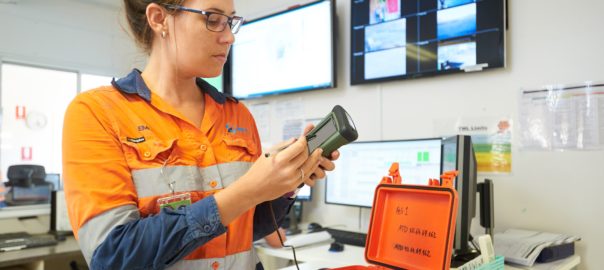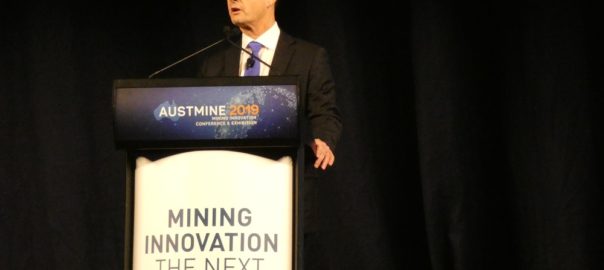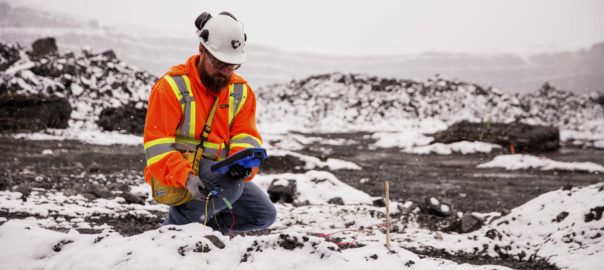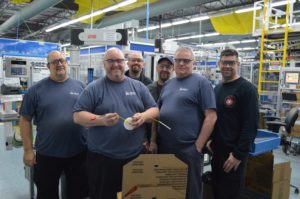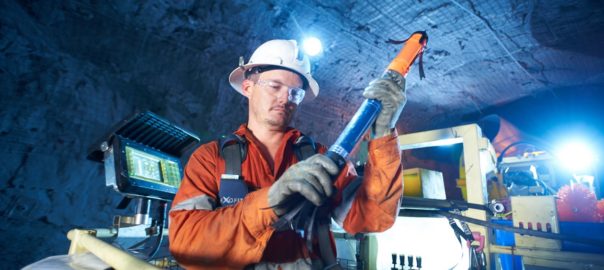Newmont has continued to leverage the benefits of fully wireless initiation in its blasting process, having initiated its 500th blast using Orica’s WebGen™ system at its Canada mines.
The milestone was achieved at three of its underground mines in Canada, which are blasting with WebGen. Each site uses different mining methods, and all have achieved improved performance and safety in their overall mining processes with the implementation of innovative WebGen-enabled mining techniques, Orica says.
“The key to Newmont’s success was its ability to think differently and to take advantage of pre-charging with ‘no strings attached’,” the company added. “Eliminating the physical connections to each blasthole and the need for re-entry allowed the blasting sequence to be arranged for optimised outcomes.”
The blasting process changes help mines deliver significantly improved ore recovery and has simultaneously reduced interactions, cycle times and rework, according to Orica. WebGen wireless blasting technology is an innovation that enables process change unlike any other, by pre-charging blasts and firing blasts after access to the area is lost, it claimed.
Newmont’s WebGen journey started at the Musselwhite mine in late 2016 following Orica’s launch of the first-generation wireless initiation system, WebGen 100. The Orica technical team identified an opportunity to use the new technology and approached the Musselwhite team with a new concept, the “Temporary Rib Pillar (TRP) Avoca Mining” method.
Over the following months, workshops, detailed design reviews, risk assessments, crew meetings and signal surveys were completed and the first TRP stope was designed and ready to be blasted.
The initial stope was drilled and loaded in November and December 2016 and fired in January 2017.
Over the next year, the Musselwhite and Orica teams continued to use and refine the TRP method.
“As confidence in WebGen 100 increased, the teams explored other opportunities where wireless blast initiation could significantly improve safety and stope performance,” Orica said. “Several other wireless enabled mining methods were developed and evaluated through these collaborative efforts throughout 2017 and 2018.”
The results so far from the WebGen collaboration include a 20% reduction in mucking time, 14% improvement in production tonnes per day and 34% reduction in ore dilution.
Following the success of Musselwhite gold mine, the team from Éléonore Mine approached Orica in late 2018 to explore the possibilities of implementing the WebGen system on-site. The team conducted a two-day face-to-face workshop where the technical and operations teams from Éléonore and Orica met and conducted an in-depth review of Éléonore’s production mining operations.
The workshop ended with a commitment to complete a joint wireless blasting optimisation project, Orica said.
“A project charter was developed, which involved a detailed 10-stope evaluation across various geometries with the primary goal to improving stope recovery,” the company explained.
“Preparation started in early 2019 with detailed design sessions, signal surveys, risk assessments and crew information sessions.”
The first stope blast was loaded in February 2019 and fired in March. The project’s scope was completed by late summer and the project delivered and exceeded all the agreed performance metrics, according to Orica.
Sill pillars at Éléonore represent a challenge for both ground control and drill and blast teams.
“WebGen technology allowed us to safely and efficiently recover side-drilled stopes by greatly reducing worker exposure and stope cycle time,” Ugo Marceau, Drill & Blast Engineer at Newmont Éléonore, said.
Results from the WebGen introduction at Éléonore include an 86% increase in ore recovery, 72% reduction in stope time and 71% increase in drilling rates.
While the Éléonore project was underway, teams from Borden and Orica had already “white boarded” various wireless enhanced stoping scenarios to increase mining efficiency in Borden’s complex geometry.
“The main goals were eliminating as much lateral development and cemented rock fill as possible while maximising ore recovery,” Orica explained. “As with both Musselwhite and Éléonore, signal surveys, risk assessments and crew information sessions were completed to prepare the first stope.”
Borden’s first stope was loaded in early April and fired later that month. Once again, the outcomes from using WebGen exceeded those expected from a conventional approach, according to Orica.
Eric Fournier, Mine Engineering Supervisor at Newmont Borden, said: “Orica have been partners with us from the very beginning. The WebGen team is very professional, knowledgeable, and easy to work with. The technology is great but the people behind it make it happen. WebGen technology allows us to be a safer and a more efficient mine. It removes the need to send people around hazardous conditions that exist after a blast.”
Results from the Borden implementation include 98% actual ore recovery and 17% actual dilution.
Orica concluded: “Wireless-enhanced production mining has been expanded across these three Newmont mines. The WebGen system has proven itself as a reliable initiation system and enables drill and blast engineers to modify existing mining methods for substantial improvements in safety, productivity and cost reduction. This has been an exceptional journey together with Newmont and highlights the results that can be achieved through innovation and collaboration.”







